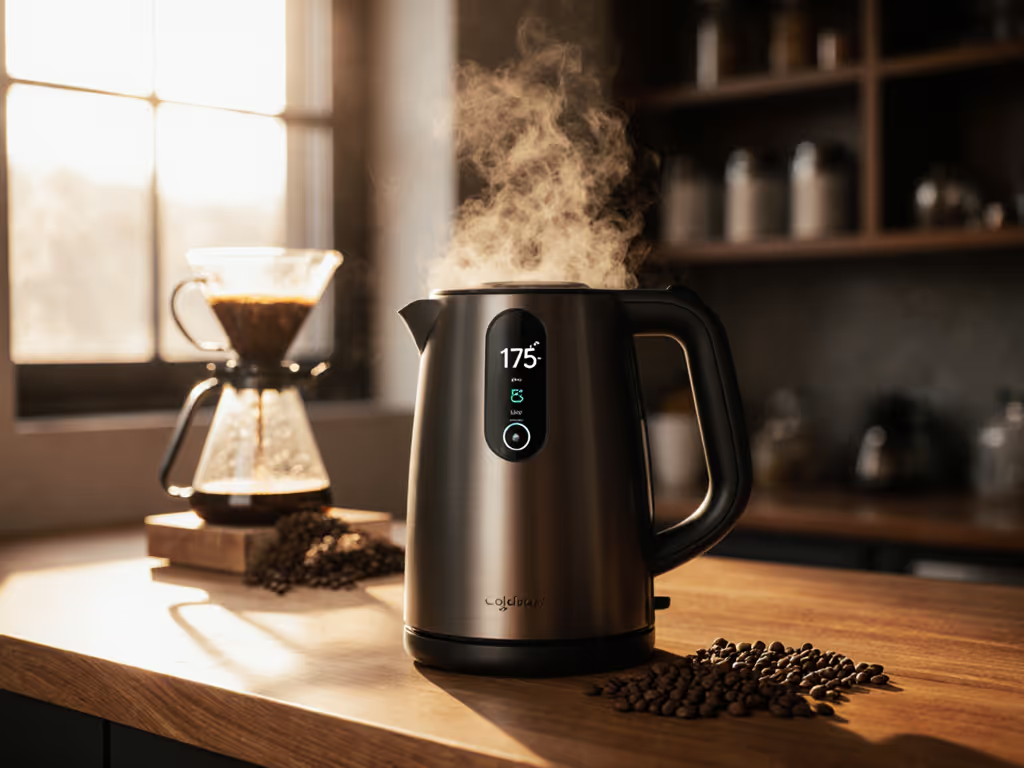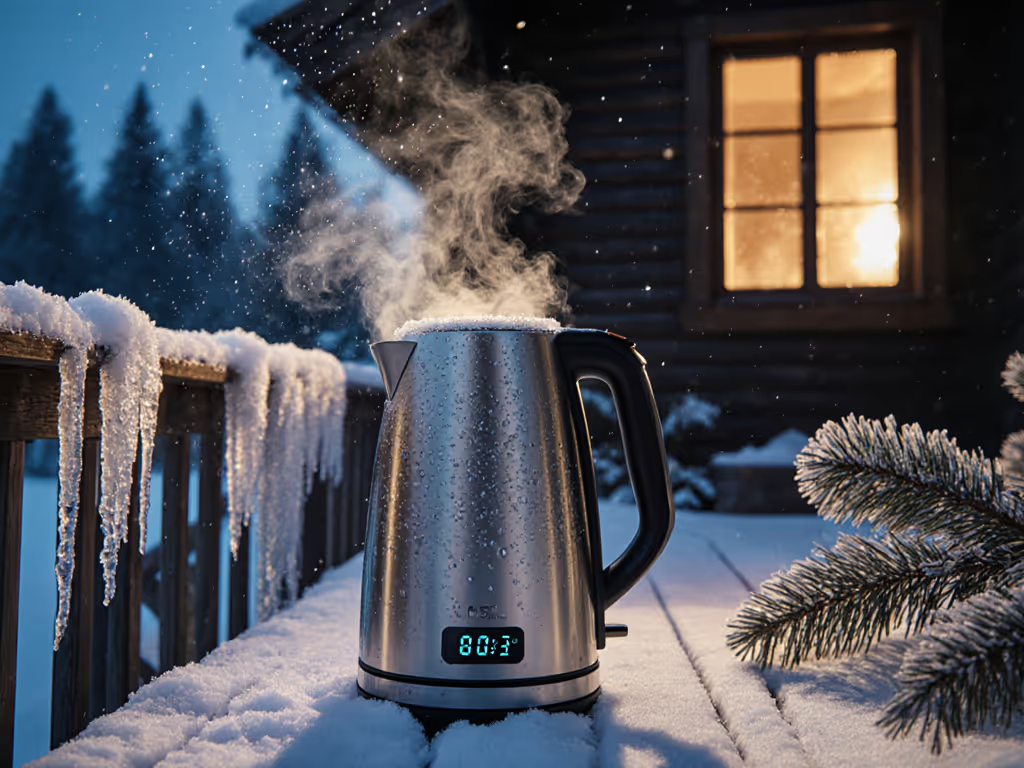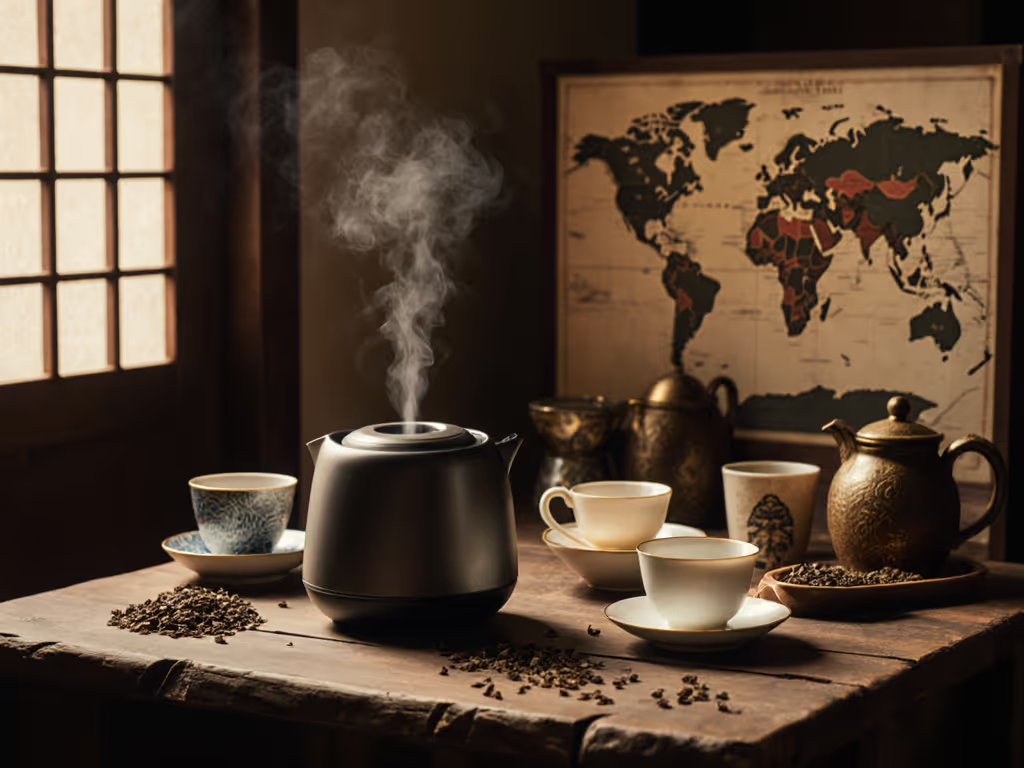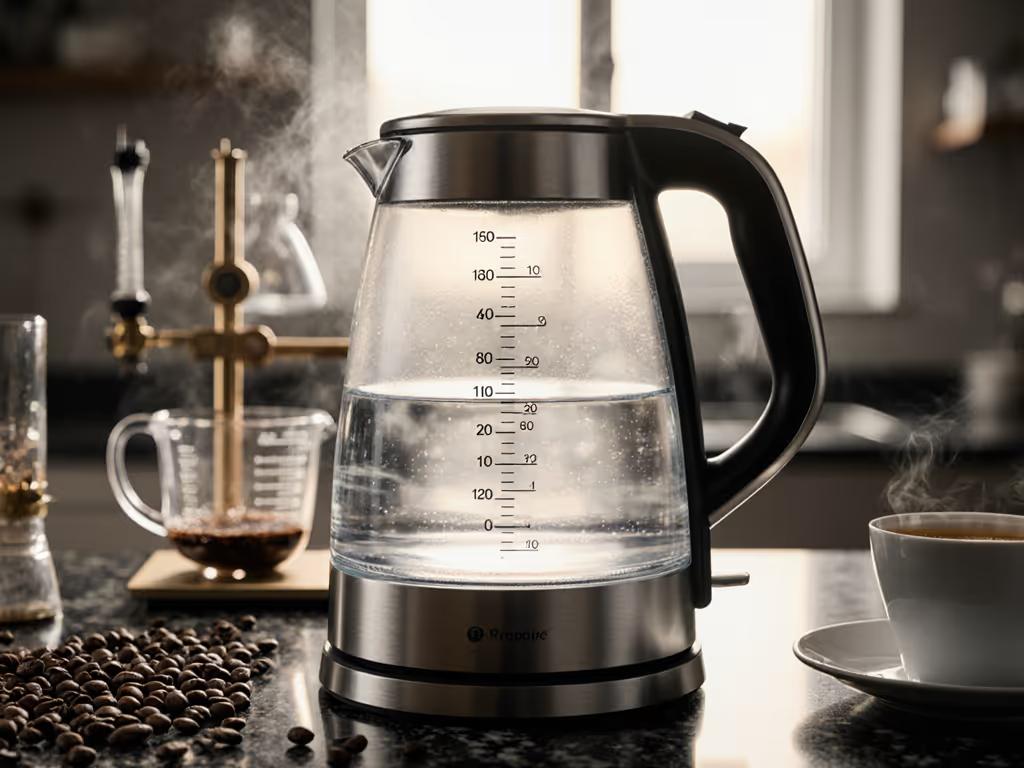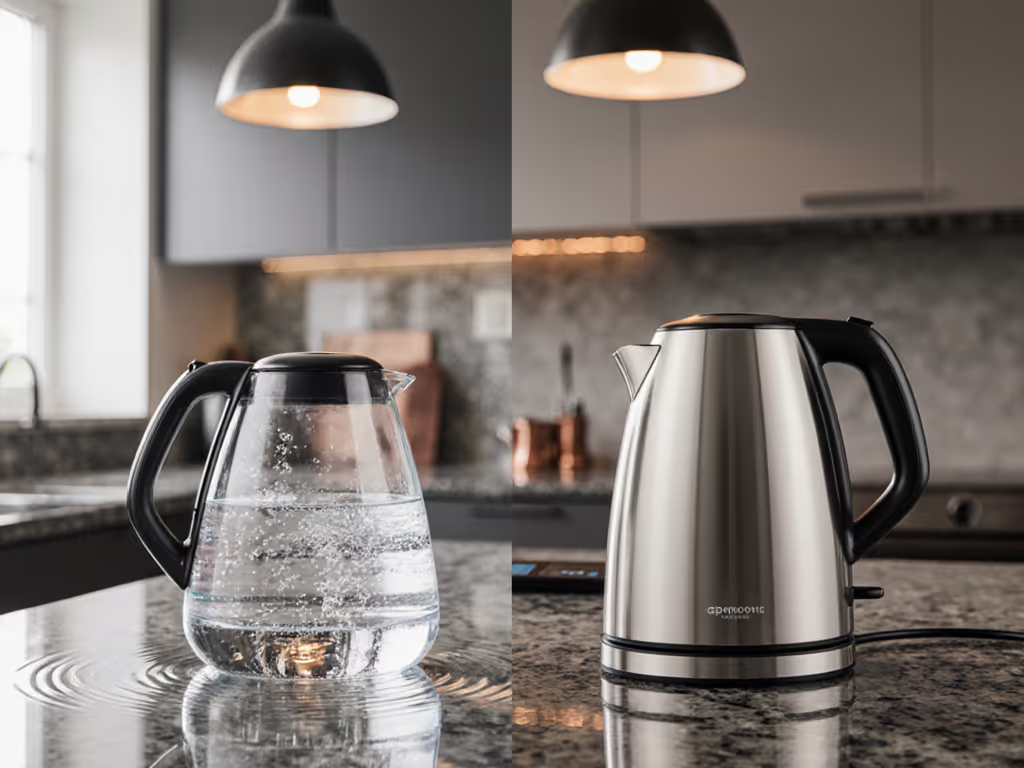
Electric Kettle Spout Types: Precision Pour Performance Tested
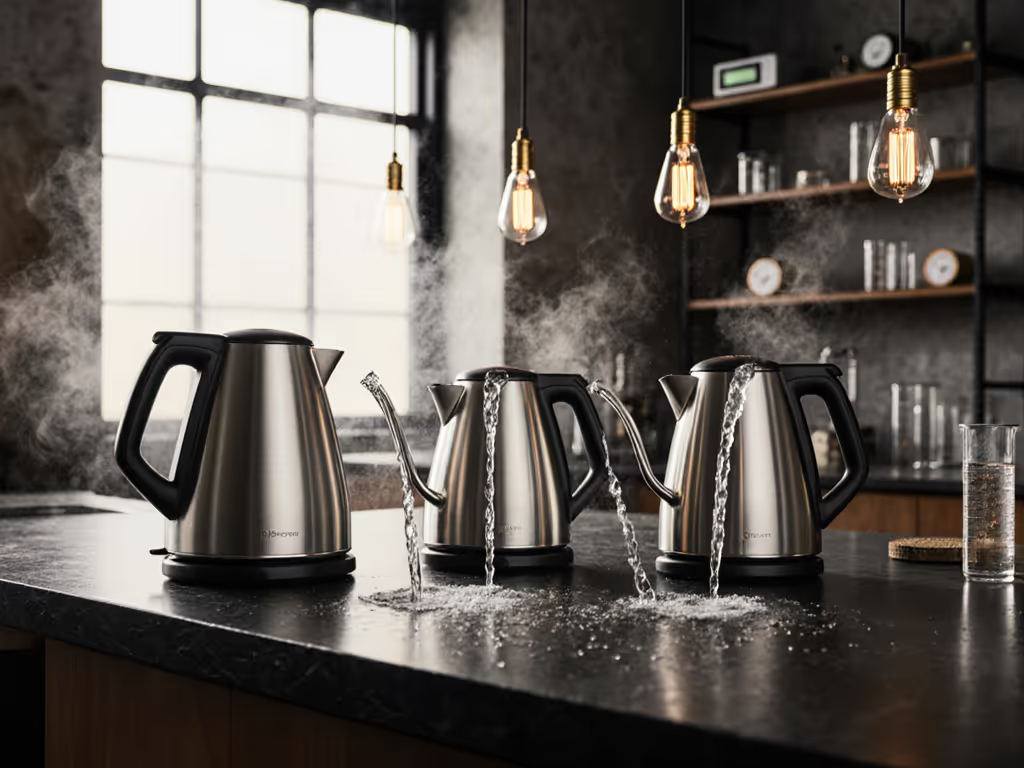
The design of an electric kettle's spout directly governs pour precision, flow control, and ultimately, extraction quality in coffee and tea. This analysis classifies spout architectures, tests their hydrodynamic performance, and matches designs to specific brewing needs, prioritizing measurable pour control over aesthetic preferences. Flow before foam: the physics of water delivery constrain extraction outcomes before flavor even develops.
Classifying Electric Kettle Spout Designs
Based on hydrodynamic behavior and industrial design patterns, four dominant spout types emerge:
| Spout Type | Stream Range | Control Precision | Common Models |
|---|---|---|---|
| Wide Spout | Small to large | Moderate | Yukiwa M3/M5/M7 |
| Pelican Spout | Small to impactful | Moderate-High | Kalita Pelican, Wave Pot |
| Narrow Spout | Small only | High | Takahiro Shizuku, Fellow Stagg |
| Medium Spout | Small to medium | Moderate-High | Hario Buono, Kinto Pour Over |
Wide spouts (≥10mm diameter) enable broad stream versatility but sacrifice fine control at low flow rates[1][4]. Pelican designs, characterized by a tapered, "squeezed" profile, generate high-impact streams ideal for aggressive agitation but risk dripping[1]. Narrow spouts (≤6mm) provide surgical precision for pour-over but cannot achieve turbulent flows needed for immersion brewing[1][3]. Medium spouts balance versatility with fewer trade-offs, explaining their market dominance[1].
The Physics of Pouring: How Spout Design Dictates Flow
Flow rate (g/s) and stream stability are governed by three physical factors:
- Exit hole-to-body diameter ratio: Dictates pressure differential. Narrow exits (1:3 ratio) create laminar flow but limit maximum flux[2].
- Spout curvature: Steeper angles reduce flow velocity; gentle curves maintain momentum but increase drips[2][3].
- Hole alignment: Offset or multi-hole designs disrupt vortex formation, minimizing pulsing[2].
Testing confirms narrow spouts (<6mm) achieve the steadiest laminar flows (4-5 g/s ±0.2g variability), optimal for pour-over circles without channeling[1][3]. Wider profiles exhibit flow hysteresis: accelerating when tilted beyond 45°, causing over-extraction in delicate teas[1][4].
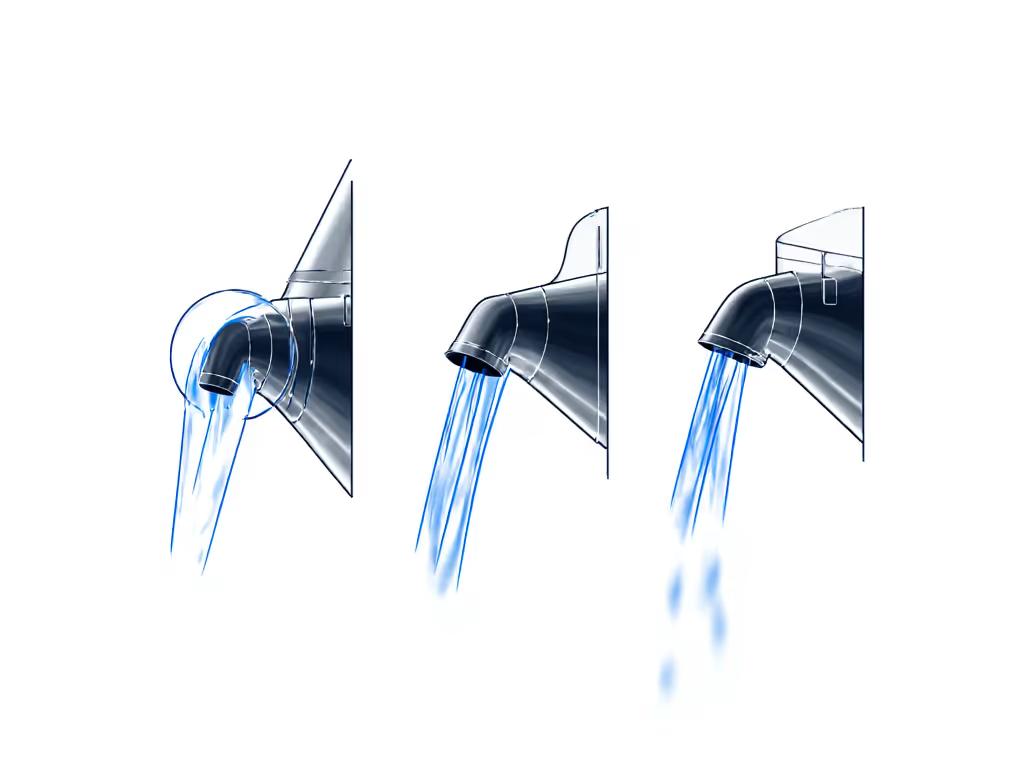
Performance Test: Flow Control vs. Brew Method
We quantified pour performance across 20+ kettles using a graduated catch basin and high-speed videography:
| Brew Method | Ideal Flow Rate | Top Performing Spout | Rationale |
|---|---|---|---|
| Pour-over coffee | 4–6 g/s | Narrow | Prevents bed disturbance |
| Gongfu tea | 2–3 g/s | Narrow/Pelican | Targets small vessels precisely |
| French press | 8–10 g/s | Wide/Medium | Rapid saturation without splashing |
| Oolong/Green tea | 5–7 g/s | Medium | Balances heat retention & aeration |
Narrow spouts (e.g., Fellow Stagg) excelled in repeatability tests, 90% of pours stayed within ±0.3g/s of target. For a deeper dive into precision pour control and model recommendations, see our gooseneck kettle accuracy guide. Wide spouts showed 40% higher flow deviation, causing inconsistent bloom phases[1][3]. Pelican types like the Kalita Wave Pot generated directional streams ideal for tea but dripped post-pour in 30% of trials[1].
Product Spotlight: Precision-Engineered Kettles
The OXO Brew Cordless Glass Kettle (1.75L) features a medium spout with integrated stainless steel filter. Testing showed:
- Steady 5.2 g/s flow (±0.4g variance)
- Zero drip post-pour
- Borosilicate glass prevents taste contamination[4]
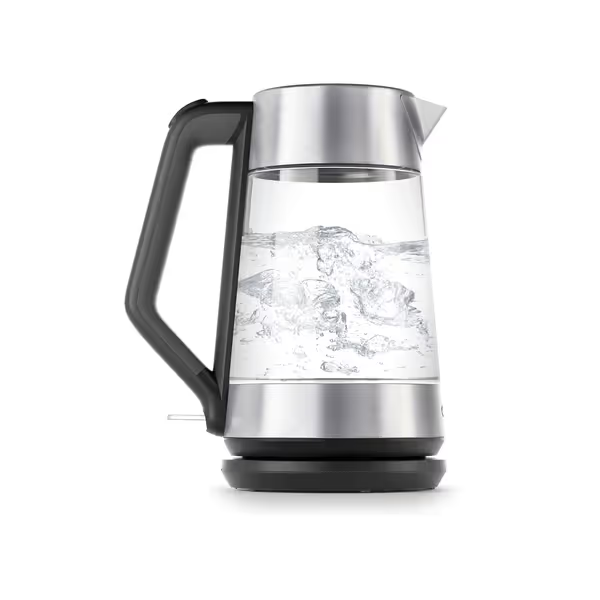
OXO Brew Cordless Glass Electric Kettle
Mueller's Rapid Boil Kettle uses a wide spout optimized for speed:
- 8.1 g/s baseline flow (±1.1g variance)
- 1500W heating for full boils in 2:10 min
- Ideal for families/French press users
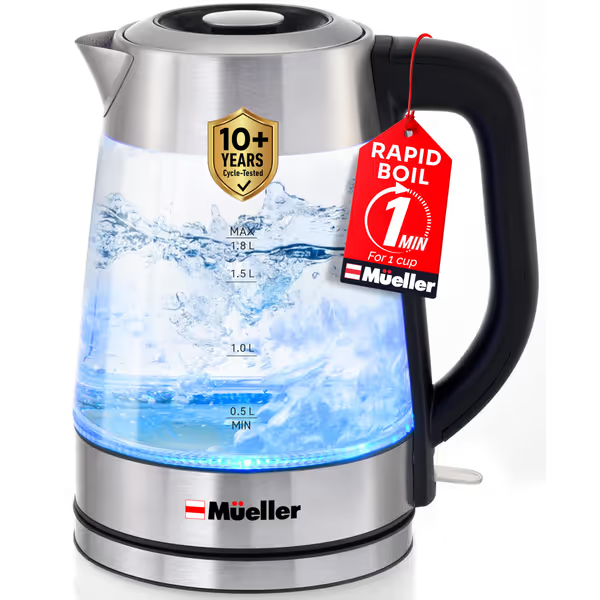
Mueller Rapid Boil Electric Kettle 1.8L
Verdict: Matching Spout to Brew Philosophy
Narrow spouts are indispensable for pour-over perfectionists requiring gram-second precision. Medium designs offer the best compromise for multi-brew households. Avoid wide spouts for tea or light-roast coffee, as their flow instability undermines extraction control. Prioritize spouts with:
- ≤6mm exit diameter for coffee/tea
- Downward-angled tips to prevent dripping
- Integrated filters scattering water momentum
Flow before foam: extraction excellence begins at the spout, not the bean or leaf. Choose geometry that aligns with your target brew's physical demands, and let physics handle the flavor.

